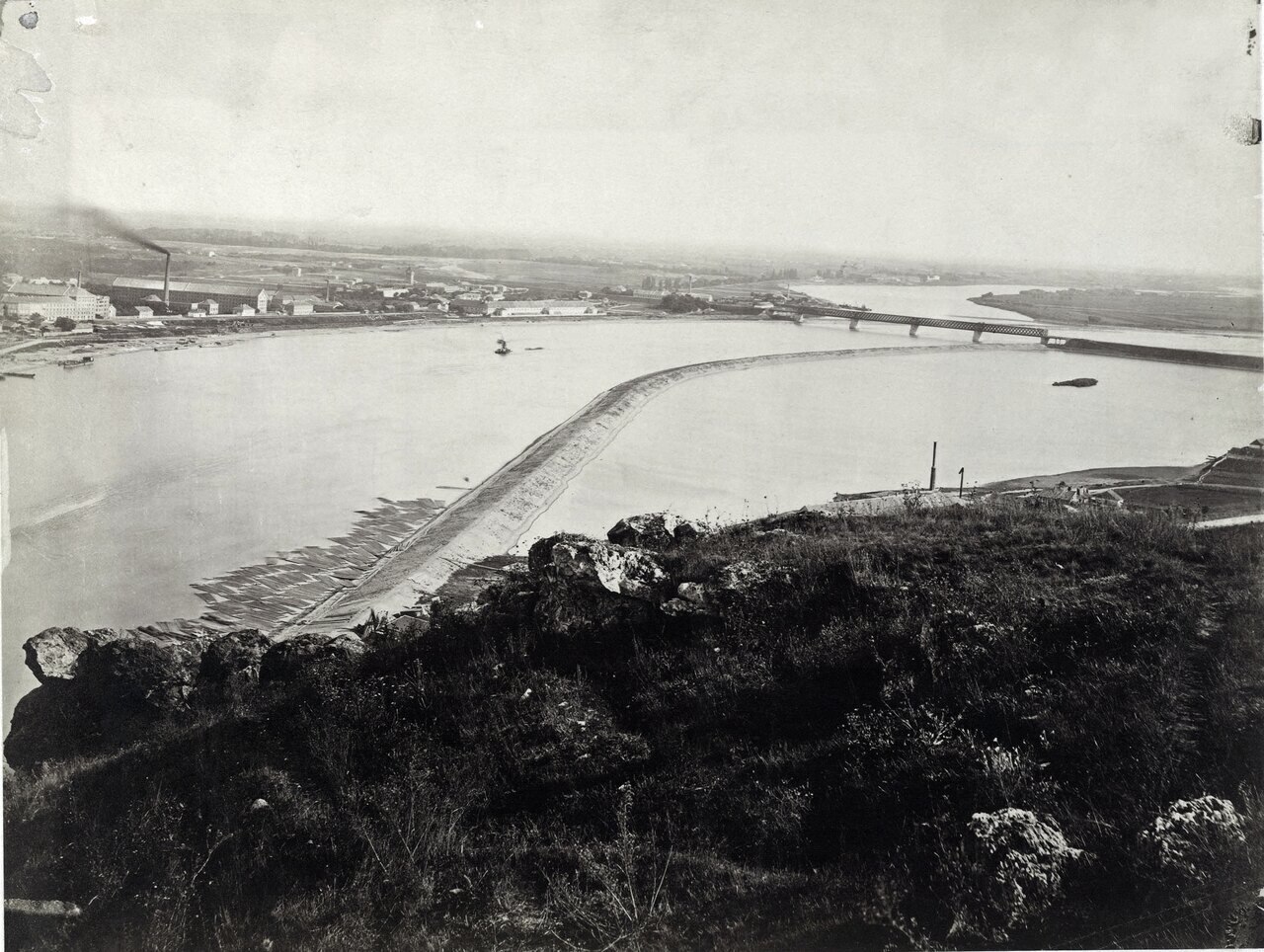The first train between Pest and Buda ran 145 years ago

The most important Hungarian railway bridge was opened on 23 October 1877, on the southern outskirts of Budapest. It served railway traffic for only 36 years. The construction of the original structure was the subject of much controversy, and several lawsuits followed its completion.
The first Danube bridge in Hungary
The Connecting Railway Bridge (Összekötő vasúti híd) was opened to traffic on 23 October 1877, thus establishing a railway link between the two parts of the country. Until then, there was no railway bridge over the Hungarian section of the Danube, PestBuda writes.
There was much debate about where this connection should be made. In the 1860s, everyone imagined connecting the railway lines in the north, along the present-day Margaret Boulevard – Margaret Bridge – Szent István Boulevard route. However, in 1869, the government decided in favour of the southern route.
One of the reasons for this was that MÁV was already in operation at the time, with its lines starting from the former Józsefváros station, and it was also important to the government that the railway across the Danube should not be managed by private railway companies.
On the one hand, if the northern link had been built, it would have connected two private railways and would not have been connected to the MÁV network. On the other hand, in the north, they wanted to implement other plans, the Margaret Bridge and the elegant Grand Boulevard (Nagykörú), and therefore preferred the longer, more expensive southern link.
There was also a plan to run the railway further away, through Csepel, but in the end it was decided to follow a route closer to the city. The idea of building a new central railway station for MÁV also came up at the same time. It was accepted, but the central station was not opened at that time, but years later, in 1884. It is now the Keleti Railway Station.
The procedure wasn’t so easy

Construction started in 1873 and did not go smoothly, with relations between the Hungarian authorities and the French entrepreneurs deteriorating towards the end. This was exacerbated by the fact that the French engineer responsible was quickly repatriated following a water-bursting accident, for which he could not be held responsible in Hungary.
Moreover, at the end of the project, everyone was suing everyone: the French sued each other in Paris and the Hungarian government at home. The dispute was over a substantial sum of money that the contractors would have received if they had done their job well, but the Hungarian side withheld it.
The inauguration
Despite the disruptions, the French contractors finished the works by 31 March 1877, but the handover did not take place until the end of the year. The opening itself was reported in the Fővárosi Lapok on 25 October 1877:
“The connecting railway bridge has been used by pedestrians since the day before yesterday, especially by the residents of Promontor and Tétény who are going to and coming from the capital. This magnificent railway bridge, which has no equal in the whole Danube region, was designed by the engineer János Feketeházy, as already mentioned. The ironworks were made by the Paris factories of Cail and Co. It is a very strong piece of work.”
Source: PestBuda, Fortepan





